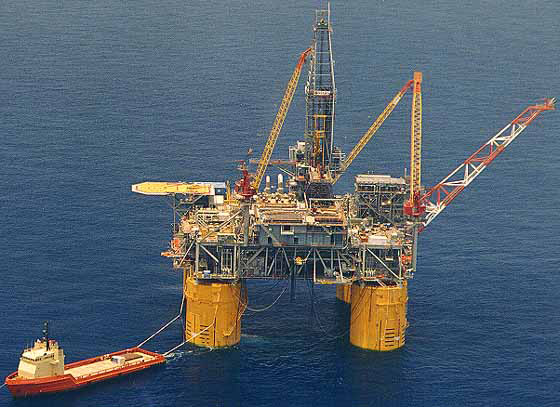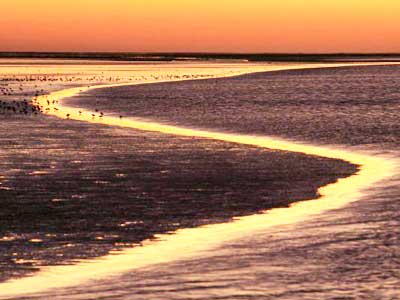Erosion is defined as the wearing away and transport of the soil by running water, glaciers, wind or waves. Sedimentation is the process of settling and depositing by gravity of suspended matter in water.

Water transforms landscapes and moves large amounts of soil and fine-grained materials in the form of sediment. Sediment is:
1) eroded from the landscape,
2) transported by river systems and eventually
3) deposited in a riverbed, wetland, lake, reservoir or the ocean.
Read more




